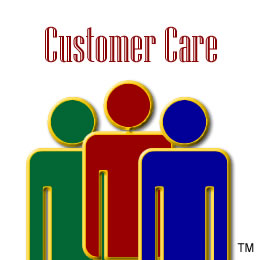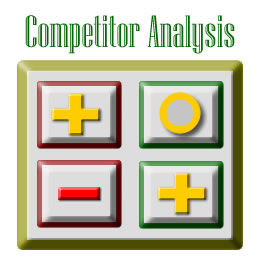FAB - The Persuasive Language of Selling
Features, Advantages, & Benefits Features, Advantages, and Benefits (FABs) are the components to communicate persuasively. Feature: A characteristic of your product, service, company, or self. Advantage: Explains how your Feature meets the Functional needs of what the product does better than competing ways. Benefit: What the customer gets that meets their Business and Human Needs. For example: F eature: Plastic A dvantage: Won’t rust B enefit: Few replacements caused by rust FABs are irrefutably logical. You can say them in any order, and they’ll make sense. For example, “You can lower your budget for replacements damaged due to rust by using our plastic versions that won’t rust.” Or, “Getting versions that won’t rust, such as those made from plastic, will definitely lower your replacement budget.” Learn your product knowledge, especially your Unique Selling Points using FABs. Why? Because the missing Advantages and Benefits become the signs and symptoms tha





